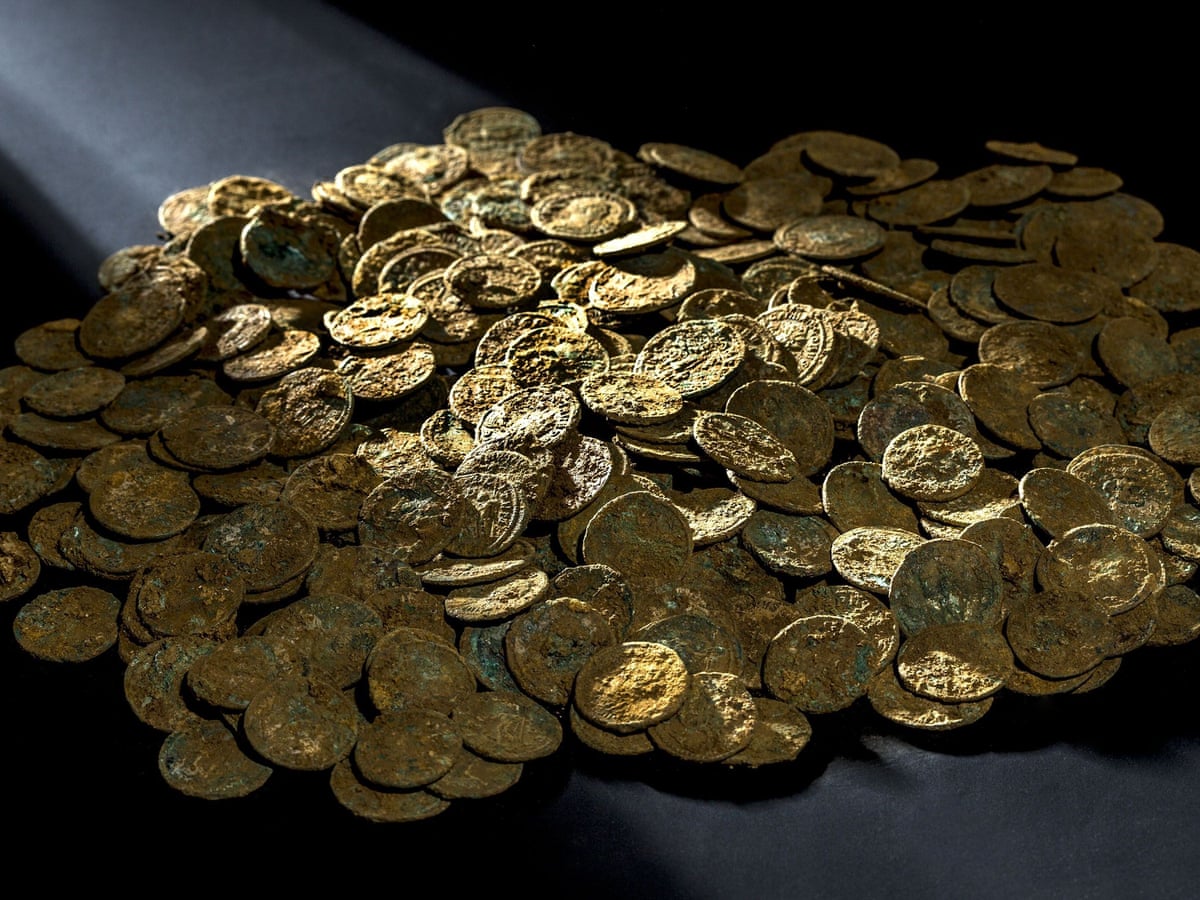In a discovery that has left historians and archaeologists astounded, an ancient Roman treasure was unearthed in Como, Italy, at the excavation site of the former Cressoni theatre. The find, described as “epochal,” spans from the first imperial age to the fifth century, revealing a treasure trove of artifacts that provide valuable insights into the lives of the people of that era. At the center of this remarkable discovery is an amphora containing precisely one thousand gold coins, each weighing 4.5 grams. Additionally, the container holds three earrings, three rings, and a fragment of an ingot. The Superintendency, after extensive analysis, has determined that the 1000 coins date back to the years 472-474 AD. To understand the significance of this find and the meticulous work that went into its analysis, let’s delve into the details.

The Como Treasure
The story of the Como treasure began in September when archaeologists stumbled upon this extraordinary find during excavations at the former Cressoni theatre. From the very beginning, the discovery was labeled “epochal” due to the wide range of artifacts spanning several centuries, from the first imperial age through the fifth century.
The Gold Coins
At the heart of the discovery lies a soapstone amphora, which contained exactly one thousand gold coins. Each of these coins weighs 4.5 grams, and their value extends far beyond their material worth. These coins are not only rare but also a precious window into the past, offering invaluable historical and cultural insights.
Historical Context
To appreciate the significance of this find, one must consider the historical context in which these artifacts were crafted. The coins, dating back to 472-474 AD, belong to a period of transition in the Roman Empire. The Western Roman Empire was in its twilight years, facing economic and political challenges. This treasure may provide clues about the financial affairs of the time, including attempts to safeguard wealth during turbulent times.

The Meticulous Analysis
The analysis of the Roman treasure discovered in Como was a meticulous and time-consuming process. To understand the materials contained in the amphora fully, a micro-excavation was undertaken in the laboratories of the Superintendency. This process required weeks of dedicated work. The experts took a stratigraphic approach to remove the coins, ensuring that the arrangement and layers inside the container were preserved, allowing for a detailed reconstruction.
Beyond the Gold Coins
While the gold coins take the spotlight, the other items found in the amphora are equally fascinating. Alongside the coins, the container held three earrings, three rings, and a fragment of an ingot. Each of these items tells a unique story about the lives, customs, and practices of the people from the Roman era. These objects, often considered personal possessions, offer a glimpse into the aesthetic preferences and values of their owners.
The Significance of the Find
The Como treasure is a historical marvel that enables us to connect with the past in a tangible way. These artifacts transcend their material value, serving as a bridge between the modern world and ancient Rome. They provide a deeper understanding of the economic, cultural, and social dynamics of the time. As such, this discovery stands as a testament to the enduring importance of archaeology in shedding light on our shared history.

Preservation and Future Display
Preserving the Como treasure is of paramount importance. These artifacts are invaluable not only for their historical significance but also for the insights they offer into an era long gone. Plans are in motion to exhibit these precious finds in museums and educational programs, allowing people from all over the world to marvel at their beauty and historical significance.
Conclusion
The discovery of the Roman treasure in Como, Italy, is a testament to the ongoing wonders of archaeology and the boundless curiosity of humankind. This find offers a rare and captivating glimpse into the past, shedding light on an era marked by transition and change. As we await further revelations from this remarkable discovery, we are reminded of the treasures that remain buried beneath the earth, waiting for their moment to rewrite history and capture our imaginations. The Como treasure promises to be an enduring source of fascination and enlightenment for generations to come.





